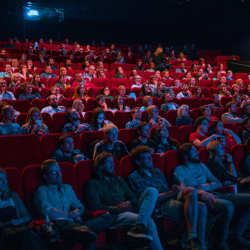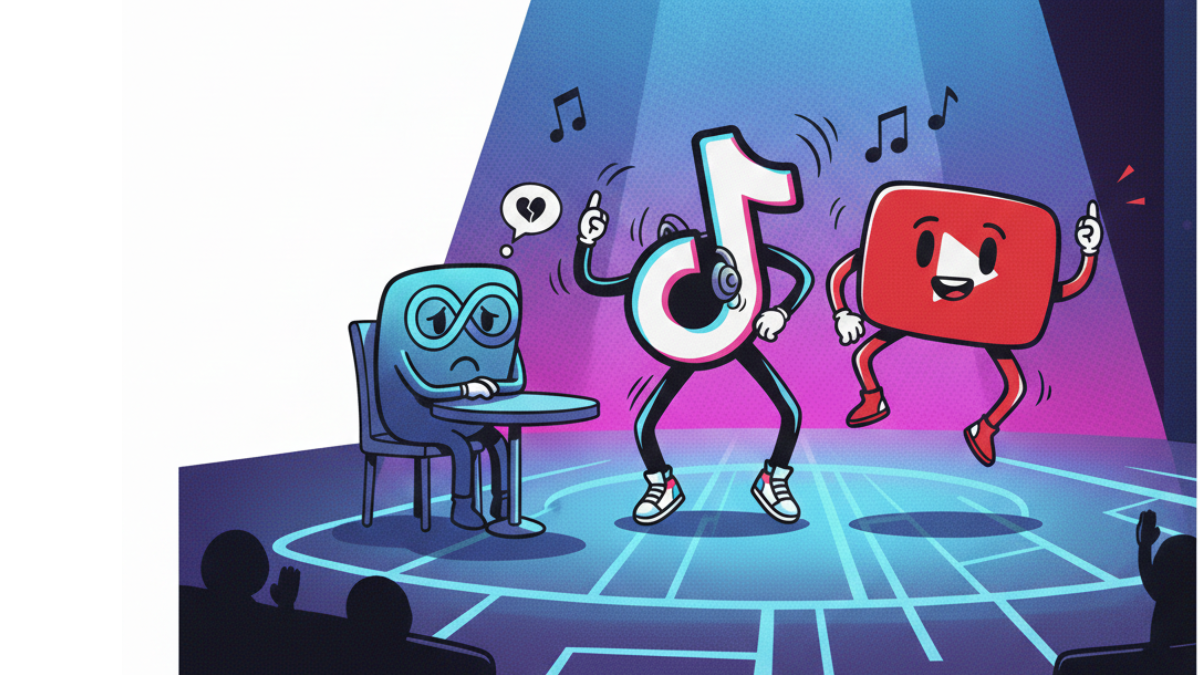In this series of articles about the algorithmic era, I’ve explored algorithms in brand, relationship, and business roles. Now, I want to add a fourth — the individual’s own algorithmic agent.
The relationship algorithm is an agent aligned with a company. However, consumers, not just companies, will soon have their own agents. What then?
In a holistic sense, agents will act as everything from legal counsel to personal doctor, and even to romantic interest, via services such as Replika. These AI companions will interact with company agents to book flights, negotiate bills, and manage your weekly food shop. Some, like the Claude-powered wearable, Friend, will even offer unsolicited advice and react to your emotions. Such devices can operate outside of any specific purchase prompts: reminisce about your Madrid holiday, and Madri lager might just show up in your cart.
Regardless of whether people want quite this level of companionship (or intrusion), the promise is personalised service, and to efficiently do all the stuff you don’t want to.
So, if we fast forward to a future where these companion agents are commonplace, we need to ask two questions. First, how much of our marketing will be geared to the algorithms rather than the humans? And second, what will this content be like?
Marketing to humans or machines?
When we have companion algorithms, we won’t just be asking them to find content for us to consume, but to consume the content itself and suggest actions on the back of it.
As AI agents increasingly consume content on our behalf, will we start designing more and more content not just with AI but for AI? To what extent will we need to prioritise machines as a primary audience, designing content for algorithms whose ‘opinions’ could shape human decisions?
We should bear in mind that people will certainly not want to delegate all content consumption to their algorithms (such as cosying up to their partner to watch The Traitors). The balance between convenience and control will be central — and ultimately a personal matter between you and your algorithm. However, broadly speaking, there are two use cases where people are more likely to delegate and defer to their companion algorithm, making the algorithm a crucial audience for marketing.
The first case is when the human doesn’t really care — for example, people who don’t care which brand of packaged white bread they eat and are happy with whatever comes back as long as it is indeed white bread.
The second is when the human believes the AI knows more than they do — for example, in a complex market with a one-off purchase, such as pensions. Here people might provide their AI with criteria, and then defer to whatever it recommends.
The diversity of these examples suggest there will be many instances in which people will leave it to their algorithm. Not for the most enjoyable things in life, maybe, but certainly when it comes to the more mundane business of buying and getting marketed to.
Marketing to our new AI companions
So, what brands and marketing will attract the bots?
The algorithm will make its recommendation based on past behaviour and predicted relevance. In Chat GPT’s own words: ‘I would analyse the user’s preferences, past behaviour, and any relevant data available. This could include purchase history, browsing patterns, and stated preferences’.
So, first, past behaviour. Most obviously, it would re-buy what you’ve already chosen to buy in the past, unless it had reason to think you were dissatisfied. And if it did branch out, it would be buying what ‘people like you’ bought in the past. This favours big, established brands. This is not dissimilar to people’s habitual purchase behaviour. However, in the algorithmic era, this might be exaggerated — whilst humans have portfolios, the algorithm might reach the same conclusion every time. Frequent purchases will become more analogous to subscriptions. Customer lifetime value will go up. If algorithms will work in part by favouring big brands, it becomes even more important to invest now to become one.
However, your companion algorithm will also make choices based on predicted relevance — what does it think you will like in the future? Ever eager to please, it will not stop at the first few search results like humans do but will scour the web trying to find the best match for what its human needs. This gives a potential in to smaller brands (as well as bigger ones), where a strong proposition and healthy recommendations can trump high search engine optimisation and advertising.
What kind of marketing will be able to influence such algorithms as they try to predict relevance? Your algorithm will be biased towards marketing it can decode. What would your algorithm make of a perfume ad’s dreamscape imagery, devoid of messaging, versus a conversation with a perfume bot that surfaced information such as ‘worn by Olivia Rodrigo’ (an artist it knows its human likes.)
Furthermore, your algorithm might not be brilliant at interrogating information, and it might be very suggestible. Given the associative nature of neural networks, would your algorithm come across the claim that a certain perfume is an ‘ideal for Christmas gifts for women over 50’ and decide that it perfectly matches your request for a ‘Christmas gift for my aunt’, without trying to decipher whether it’s credible?
If we expect our companion algorithm to be proactive, there are two further implications.
First, it will always be in the active stage of the customer journey. For example, its thoughts will turn to your next holiday before yours do, which will have implications for traditional media flighting. And second, it might be market-expanding, rather than just affecting market share, proactively nudging you towards purchases you wouldn’t otherwise have made.
Artificial x human intelligence
Whilst the previous articles explored current possibilities and algorithms governed by companies, this one looked to the future and algorithms governed by individuals.
As part of this, your algorithm will commune with the algorithms of businesses. Going forward we need to understand how these agent-to-agent relationships work, and how these differ from the consumer-to-company ones.
A constant theme of this series has been the continued, though evolved, importance of human intelligence. Behind the various marketing algorithms deployed by companies stands the modern marketer; and behind the companion algorithm stands the modern consumer, deciding which decisions to delegate and which to control. The humans on both sides will remain vital: the skills of the marketer, the demands of the end consumer — but with an evolved marketing landscape sitting between them.
Main image by Julien Tromeur on Unsplash





















